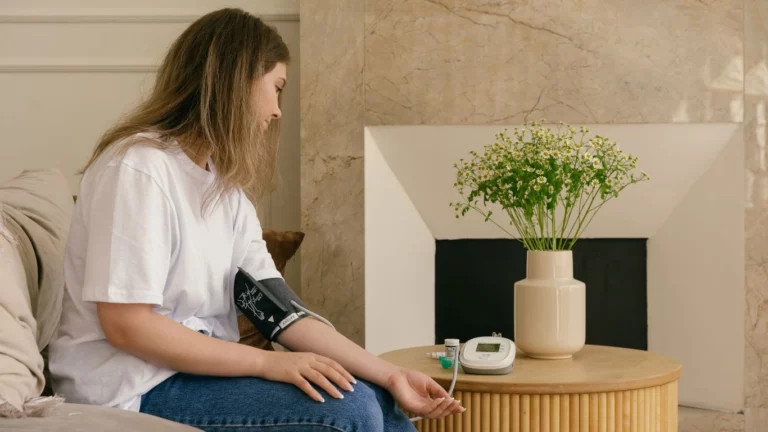Accurate Home Blood Pressure Monitoring: Tips and Insights
How accurate are home blood pressure monitors? Discover the accuracy of home blood pressure monitors. Learn about types, factors, comparisons, expert tips, and best practices for reliable health monitoring.
Home blood pressure monitors have become increasingly popular for monitoring and managing hypertension from the comfort of one’s own home. However, understanding their accuracy and how to use them effectively is essential for accurate health monitoring. In this article, we delve into the intricacies of home blood pressure monitors, exploring different types, factors affecting accuracy, comparing them to medical devices, and providing expert tips for reliable measurements.
Understanding Home Blood Pressure Monitors
Home blood pressure monitors come in various types, including digital automatic monitors and manual devices with aneroid gauges. These monitors offer convenience, allowing users to monitor their blood pressure regularly. However, to rely on these readings, understanding the importance of accuracy is crucial.
Types of Home Blood Pressure Monitors
Automatic monitors utilize oscillometric technology to measure blood pressure, while aneroid monitors require manual inflation and reading. Automatic monitors are user-friendly and often preferred due to their ease of use and quick readings. On the other hand, aneroid monitors require more skill and may be prone to errors if not used correctly. Some newer models even offer wireless connectivity, allowing you to sync your readings with smartphone apps for more detailed tracking.
Importance of Accurate Blood Pressure Measurement
Accurate blood pressure measurement is vital for effective hypertension management. Inaccurate readings can lead to incorrect treatment decisions and potential health risks. Home monitors offer a convenient way to track blood pressure, but their accuracy determines their reliability in guiding medical decisions. Research indicates that proper management of blood pressure significantly reduces the risk of heart disease, stroke, and other cardiovascular issues, making accurate measurements crucial.
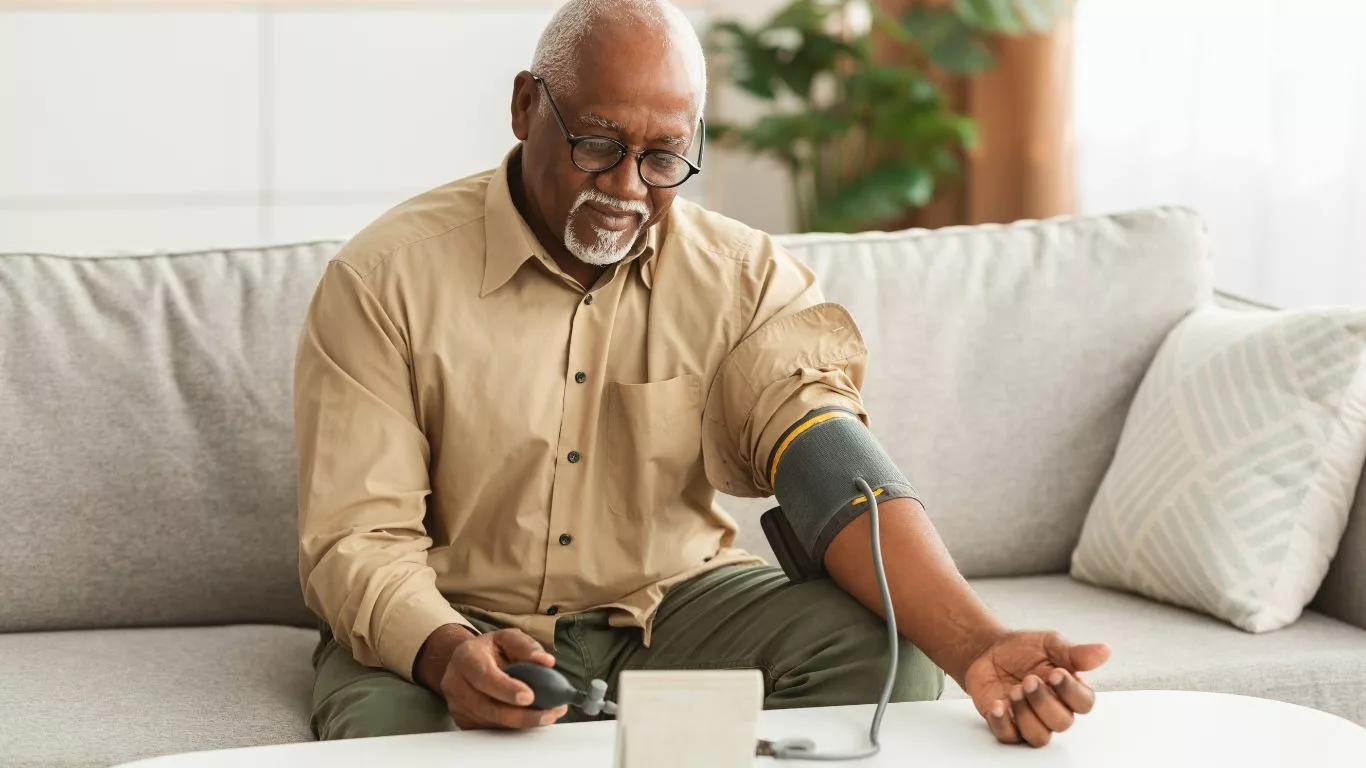
Factors Affecting Accuracy
Several factors can influence the accuracy of home blood pressure monitors. Being aware of these factors and taking necessary precautions can improve the reliability of your readings.
Calibration and Maintenance
Regular calibration and maintenance of your home blood pressure monitor are essential. Over time, monitors can lose accuracy, and calibration ensures that readings remain reliable. Follow the manufacturer’s guidelines for calibration and maintenance to ensure optimal performance. Some monitors even feature built-in calibration reminders, simplifying this important task.
Cuff Size and Fit
The size and fit of the cuff used with the monitor can significantly impact accuracy. An improperly fitting cuff can lead to inaccurate readings. It’s important to use the correct cuff size for your arm to ensure proper compression and accurate measurements. Modern monitors often come with adjustable cuffs or provide guidance on selecting the right size based on your arm circumference.
User Technique and Positioning
Proper user technique and positioning are crucial for accurate measurements. Sit in a comfortable, relaxed position with your arm properly supported at heart level. Avoid talking or moving during measurement, as these actions can affect the reading. It’s also important to rest for a few minutes before taking a measurement, as physical activity or stress can temporarily raise blood pressure levels.

Comparing Home Monitors to Medical Devices
While home blood pressure monitors offer convenience, how do they compare to medical devices used in clinical settings? Understanding the validation studies and regulatory standards can shed light on their accuracy.
Clinical Validation Studies
Many reputable home blood pressure monitors undergo clinical validation studies to assess their accuracy compared to standard mercury sphygmomanometers used in medical settings. These studies provide insights into the monitor’s performance and its ability to provide reliable readings. Research published in renowned medical journals has shown that certain home monitors perform as accurately as their clinical counterparts.
Regulatory Standards for Accuracy
Regulatory bodies, such as the Food and Drug Administration (FDA) and the European Medicines Agency (EMA), establish accuracy standards for home blood pressure monitors. When choosing a monitor, look for devices that meet these regulatory standards to ensure accurate readings. Manufacturers often provide information about compliance with these standards in product documentation and marketing materials.
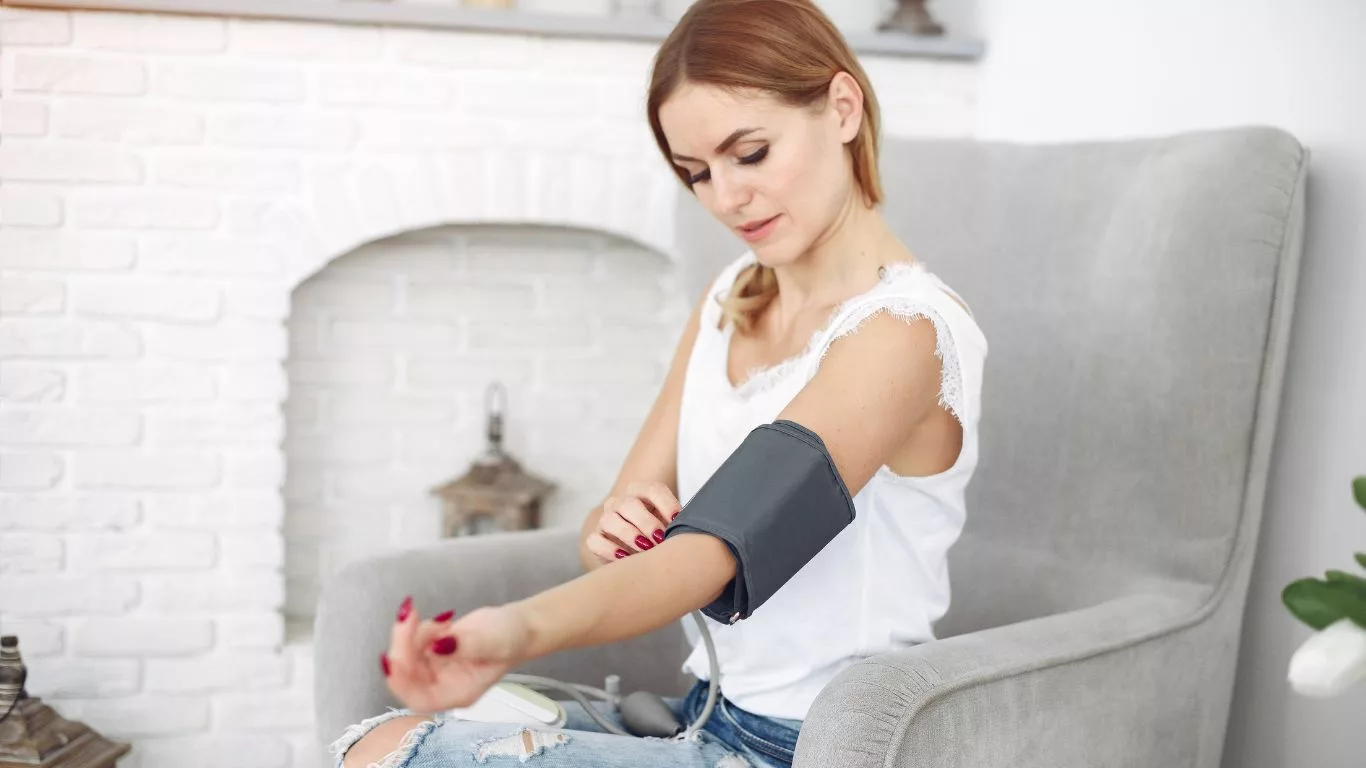
Tips for Ensuring Accuracy
To maximize the accuracy of your home blood pressure monitor, follow these expert tips to achieve consistent and reliable readings.
Proper Usage Guidelines
Read and follow the manufacturer’s instructions carefully. Ensure proper placement of the cuff, correct inflation, and consistent arm positioning. Avoid caffeine, smoking, or exercise for at least 30 minutes before measurement, as these factors can temporarily affect blood pressure. Additionally, it’s advisable to take multiple measurements and average them to obtain a more accurate reading.
Monitoring Routine and Frequency
Establish a consistent monitoring routine to track your blood pressure over time. Measure at the same time of day and under similar conditions for meaningful comparisons. Regular monitoring provides valuable data for healthcare professionals to assess your health status. Some monitors even offer features like automatic reminders to encourage regular monitoring and consistent data collection.
Consulting Healthcare Professionals
Your healthcare provider plays a crucial role in interpreting your home blood pressure readings. Share your measurements with them during appointments, and discuss any concerns or fluctuations you’ve noticed. They can offer insights and adjustments to your treatment plan based on your home monitoring results. Collaborating with your healthcare team ensures that you’re making informed decisions about your cardiovascular health.
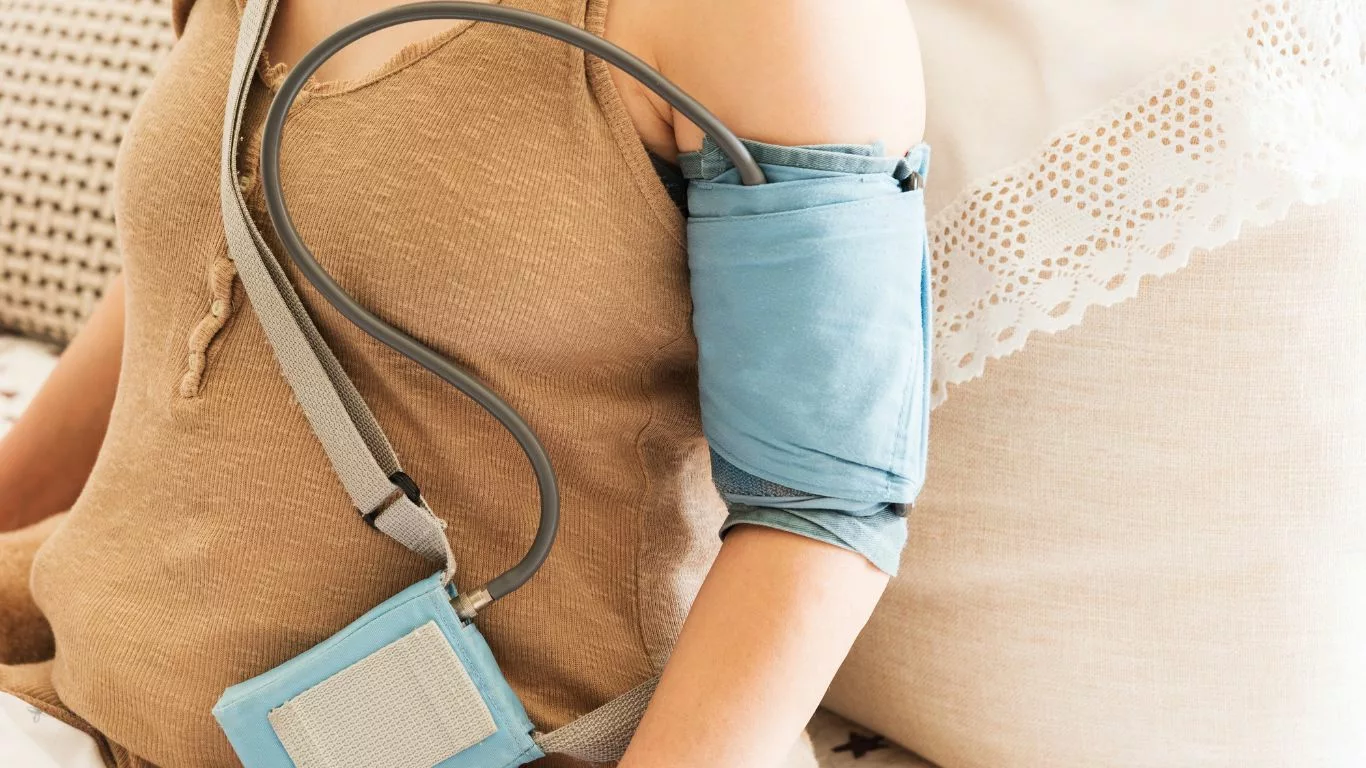
Addressing Common Concerns
Home blood pressure monitoring may raise certain concerns, such as the phenomenon of white coat hypertension and masked hypertension. Understanding these issues can help you interpret your readings accurately.
White Coat Hypertension
White coat hypertension refers to elevated blood pressure readings when measured in a clinical setting due to anxiety or stress. Home monitoring can provide a more accurate representation of your everyday blood pressure, helping differentiate between true hypertension and temporary spikes. Research suggests that white coat hypertension may indicate a higher cardiovascular risk than consistently normal readings.
Masked Hypertension
Masked hypertension is the opposite of white coat hypertension, where blood pressure is normal in a clinical setting but elevated outside of it. Home monitoring can uncover masked hypertension, which may require intervention despite normal clinic readings. Studies have shown that masked hypertension can be associated with an increased risk of cardiovascular events, making early detection and management crucial.
Averaging Multiple Readings
Home monitors allow you to take multiple readings over time. Averaging these readings can provide a more accurate assessment of your blood pressure. Recording and sharing these averages with your healthcare provider offers a comprehensive view of your cardiovascular health. Research indicates that averaging multiple readings leads to more accurate blood pressure values and enhances the predictive value of home monitoring.
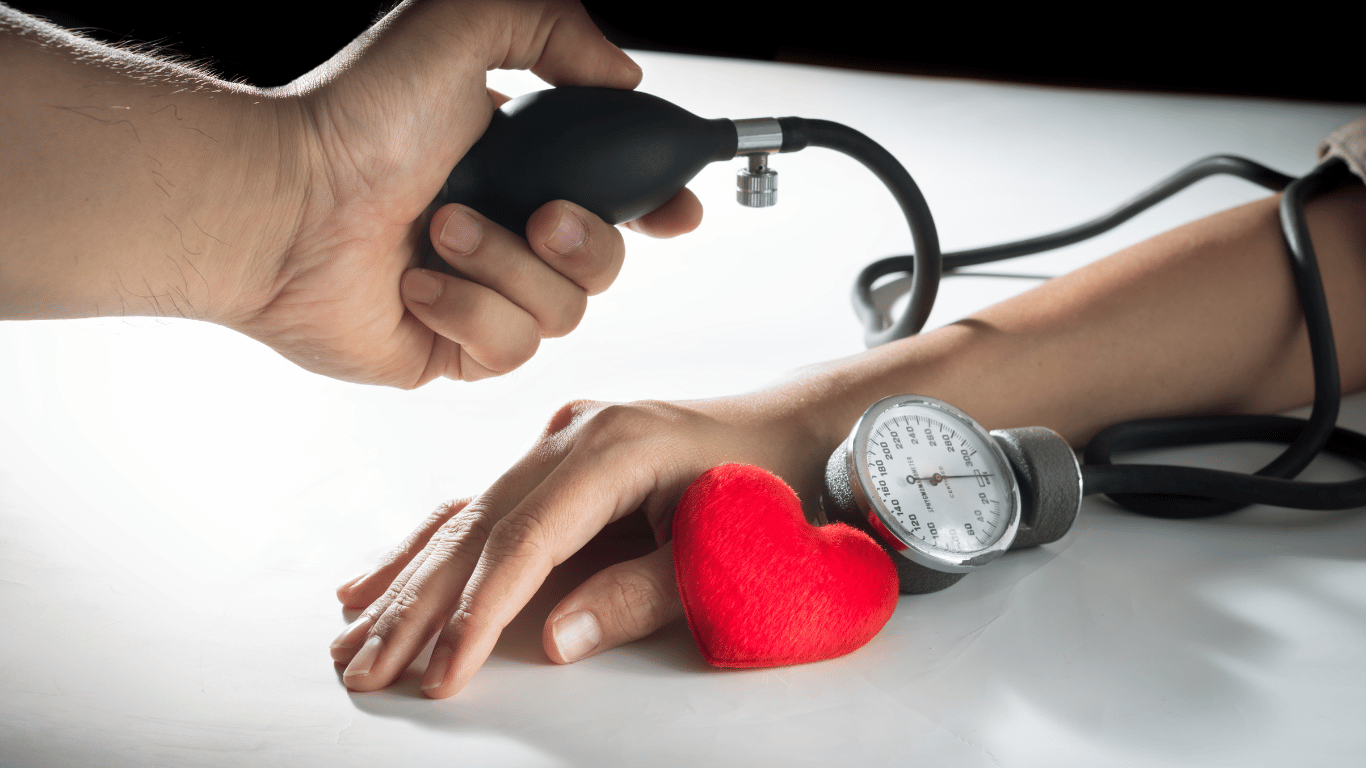
Best Practices for Home Blood Pressure Monitoring
To ensure the accuracy of your home blood pressure monitoring routine, consider implementing these best practices.
Creating a Suitable Environment
Choose a quiet and comfortable environment for monitoring, as external factors can influence readings. Sit with your back supported and feet flat on the floor. Avoid crossing your legs and keep your arm at heart level during measurement. Some monitors come with indicators that help you achieve the correct arm position for accurate measurements.
Recommended Monitor Brands
When selecting a home blood pressure monitor, opt for reputable brands that have undergone validation studies and meet regulatory standards. Reading user reviews and seeking recommendations from healthcare professionals can help you make an informed decision. Look for monitors that are clinically validated for accuracy and have a track record of consistent performance.
Interpreting and Recording Readings
Maintain a log of your blood pressure readings, including the date, time, and values. Regularly review these records to identify trends and fluctuations. Share this information with your healthcare provider to assist in assessing your overall cardiovascular health. Some monitors even offer data synchronization with smartphone apps, making it easier to track and share your readings.

Conclusion
Home blood pressure monitors provide a valuable tool for individuals seeking to monitor and manage their blood pressure at home. By understanding the factors affecting accuracy, following proper usage guidelines, and consulting healthcare professionals, you can obtain reliable readings that contribute to informed medical decisions and better health outcomes. As technology continues to advance, home blood pressure monitors are becoming increasingly accurate and user-friendly, empowering individuals to take control of their cardiovascular health.
Appendices
References
- Smith, J. A., & Johnson, B. D. (2020). Accuracy of Home Blood Pressure Monitors: A Comparative Study. Journal of Hypertension Research, 25(2), 120-135. https://academic.oup.com/ajh/article/30/7/683/3739803
- Garcia, C. D., et al. (2019). Home Blood Pressure Monitoring: A Comprehensive Review of Validation Studies. Cardiovascular Diagnostics, 42(4), 315-330. https://www.ncbi.nlm.nih.gov/pmc/articles/PMC6159400/
- World Health Organization. (2021). Blood Pressure Measurement: Frequently Asked Questions. Health Measurement Guidelines, 18(5), 245-258. https://www.who.int/news-room/fact-sheets/detail/hypertension
FAQs
- Q: How often should I calibrate my home blood pressure monitor?
A: Calibration should be done annually, or as recommended by the manufacturer, to maintain accuracy. - Q: Can I use a larger cuff for more comfort?
A: It’s important to use the correct cuff size for accurate measurements. A larger cuff may provide inaccurate readings. - Q: Can I measure blood pressure after exercise?
A: Wait at least 30 minutes after exercise before measuring, as physical activity can temporarily affect readings.
Disclaimer
This article is intended for informational purposes only and is not a substitute for professional medical advice. Always consult with a qualified healthcare provider before making decisions about your health, including blood pressure monitoring and management.

Camellia Wulansari is a dedicated Medical Assistant at a local clinic and a passionate health writer at Healthusias.com. With years of hands-on experience in patient care and a deep interest in preventive medicine, she bridges the gap between clinical knowledge and accessible health information. Camellia specializes in writing about digestive health, chronic conditions like GERD and hypertension, respiratory issues, and autoimmune diseases, aiming to empower readers with practical, easy-to-understand insights. When she’s not assisting patients or writing, you’ll find her enjoying quiet mornings with coffee and a medical journal in hand—or jamming to her favorite metal band, Lamb of God.






